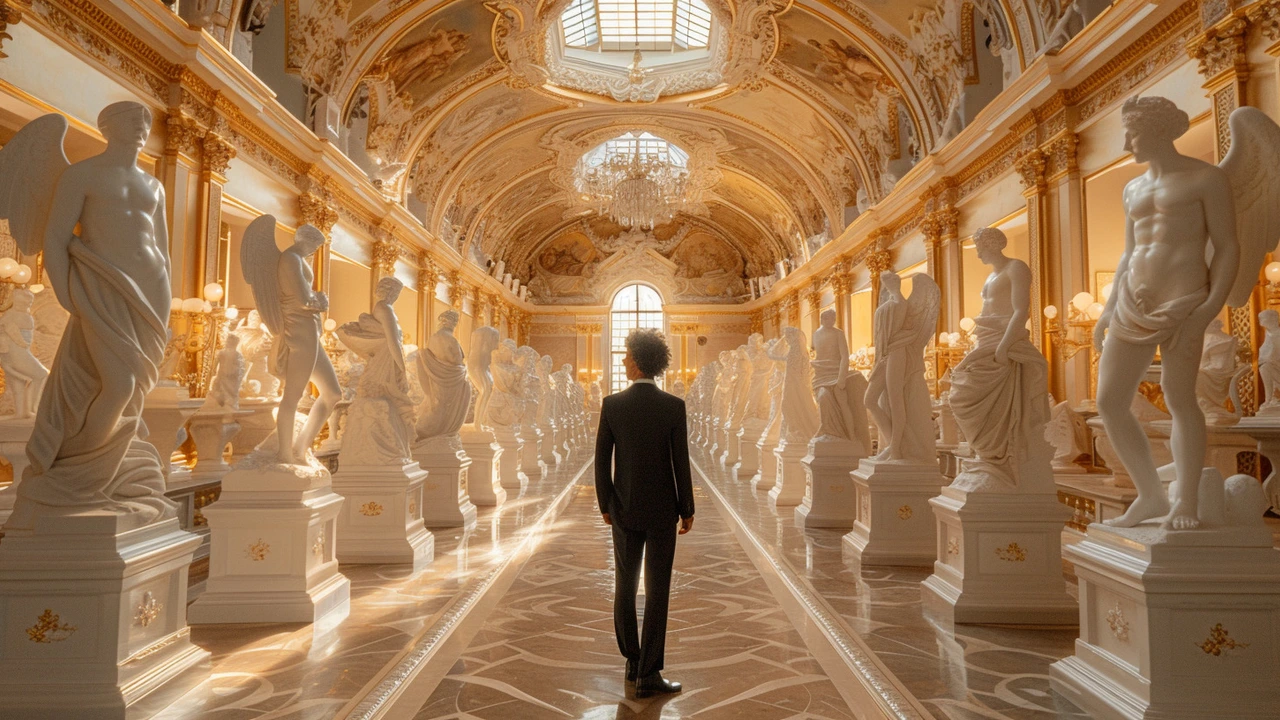Architectural Heritage: Read Buildings Like a Story
Cities keep memories in stone and glass — if you know what to look for. Start by noticing rooflines, window shapes, and materials. Those simple details tell you the era, the builder’s intention, and how people lived back then. You'll get more from a walk if you train your eye to spot seven quick things: facade rhythm, cornices, doorways, window panes, ornament, materials, and signage. That gives you a fast mental map of a place's history.
Why architectural heritage matters
Historic buildings are more than pretty faces. They show how technology, politics, and taste changed over time. A Bauhaus façade teaches economy and function. A Baroque church shows drama and power. Gothic cathedrals reveal engineering leaps. These buildings shape how we design neighborhoods today — from modern furniture to city planning. When you understand the past, you can see why a block feels lively or why a plaza works.
Heritage also keeps stories alive. A local row of storefronts can tell you who lived there, what businesses failed or thrived, and how public life evolved. That context helps communities argue for good reuse instead of demolition. Preserving a building can be cheaper than rebuilding and often keeps character that attracts people and business.
How to explore, photograph, and reuse heritage
Make exploring practical: pick one street, set a 30-minute timer, and note three styles you see. Use your phone to photograph repeating details — a type of cornice, tile pattern, or door handle. Those close-up shots reveal craft and show what to look for in restoration or decoration.
If you want to reuse heritage in your home or project, match scale and materials. A modern chair can work in a Baroque room if its scale doesn’t fight the ceilings. Think short-term fixes like painting trim in historic hues or adding lighting that highlights masonry. For bigger work, consult a conservation guide or an architect experienced with old buildings — small mistakes can harm structure or value.
Want reading that helps you connect dots? Check pieces on Bauhaus and Modernism to see how schools changed everyday design. Read about Gothic and Baroque to spot their lasting tricks. Articles on land art and futurism show how historic ideas get reworked into parks and smart cities. Use those reads to build a short list of local sites to visit next weekend.
Preservation starts with attention. Stop, look, and ask: who built this, when, and why does it still matter? That simple curiosity turns any walk into a mini history lesson and helps you make smarter design choices at home or in your community.

